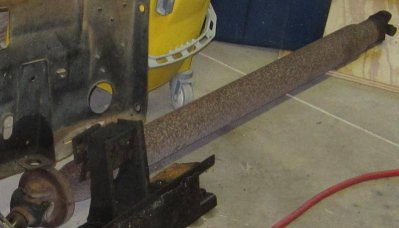This happened last year when I drove to Nat's but my transmission and suspension were toast then. It almost feels like flat spots on a tire when they are cold but this happen after an hour after driving 70 plus mph.
Anyone think I could have a bad tire? They are new BFGoodrich Radial T/A. Just driving around home no problem and once I do get the vibration I need to drop to about 55 before it isn't noticeable.
Anyone think I could have a bad tire? They are new BFGoodrich Radial T/A. Just driving around home no problem and once I do get the vibration I need to drop to about 55 before it isn't noticeable.


















